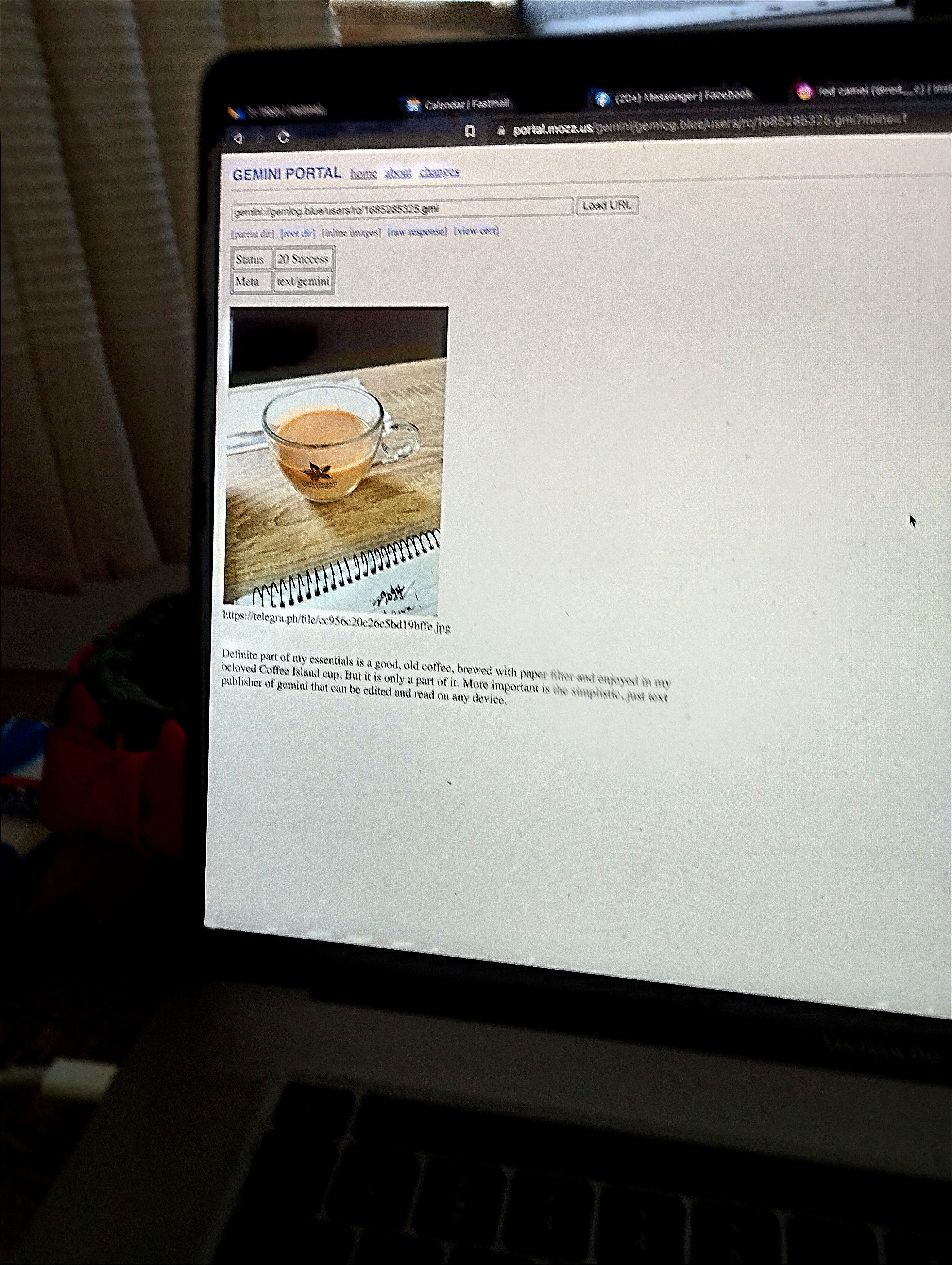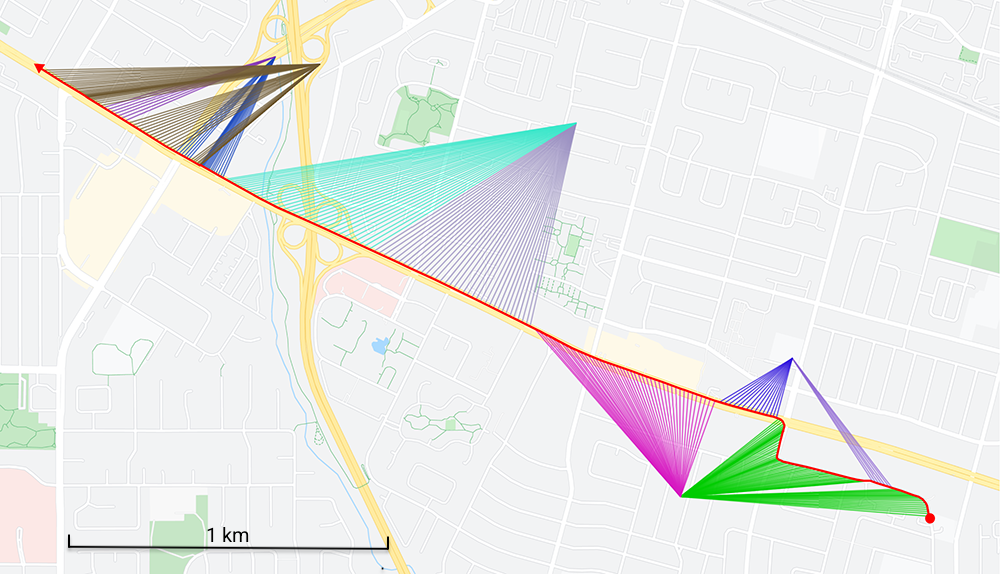Résumé de la vidéo [00:00:00][^1^][1] - [00:48:00][^2^][2] :
Cette vidéo est une conférence sur les low-tech, c'est-à-dire les technologies utiles, durables et accessibles, comme alternative à notre système de production et de consommation actuel. Elle présente les principes, les exemples et les enjeux des low-tech, ainsi que les recherches et les expérimentations menées par le Low-tech Lab et le Centre de sociologie de l'innovation.
Points forts :
+ [00:00:00][^3^][3] Introduction du cycle "Agir en temps de crise"
* Présentation des partenaires et du thème
* Présentation des intervenants Quentin Mateus et Morgan Meyer
+ [00:02:31][^4^][4] Définition et exemples de low-tech
* Trois piliers : utile, durable, accessible
* Exemples : toilettes sèches, capteur air chaud, four solaire, etc.
* Changement de rapport à la technologie et aux besoins
+ [00:10:46][^5^][5] Diffusion et capitalisation des savoirs low-tech
* Encyclopédie participative en ligne avec des tutoriels open source
* Réseau de communautés locales qui se forment et s'entraident
* Enquêtes auprès d'acteurs professionnels qui utilisent ou proposent des low-tech
+ [00:18:04][^6^][6] Recherches et analyses sociologiques sur les low-tech
* Intérêt croissant des chercheurs et des institutions pour le sujet
* Exemples de travaux sur l'ergonomie, l'agriculture paysanne, la boulangerie au four solaire, etc.
* Réflexion sur l'innovation, la technologie, la transition et la société
+ [00:36:46][^7^][7] Questions du public et conclusion
* Réponses sur les jeunes générations, le niveau européen, le rôle de l'industrie, etc.
* Perspectives d'avenir et de développement des low-tech
* Remerciements et annonce de la prochaine séance


